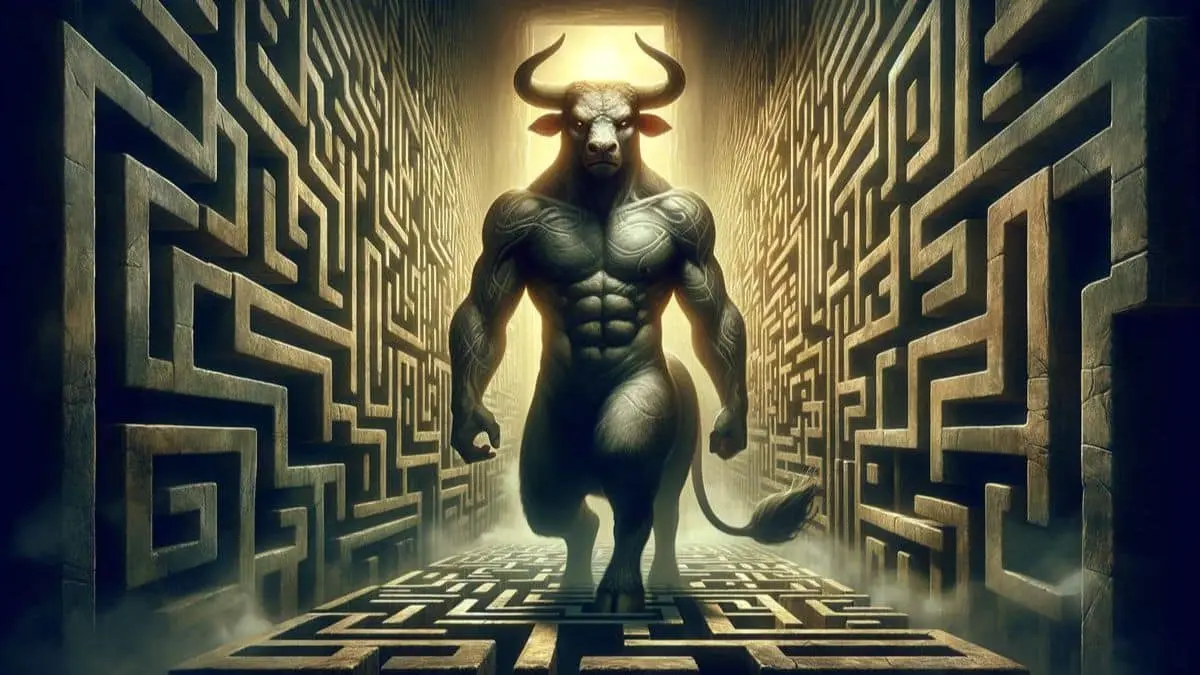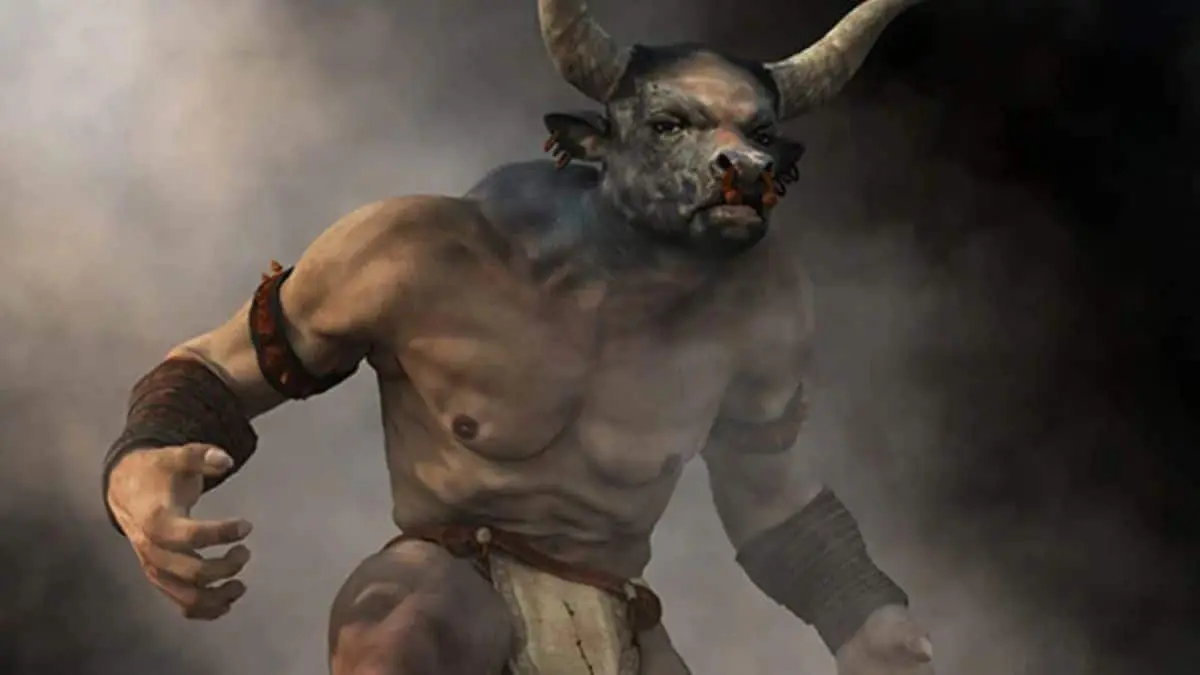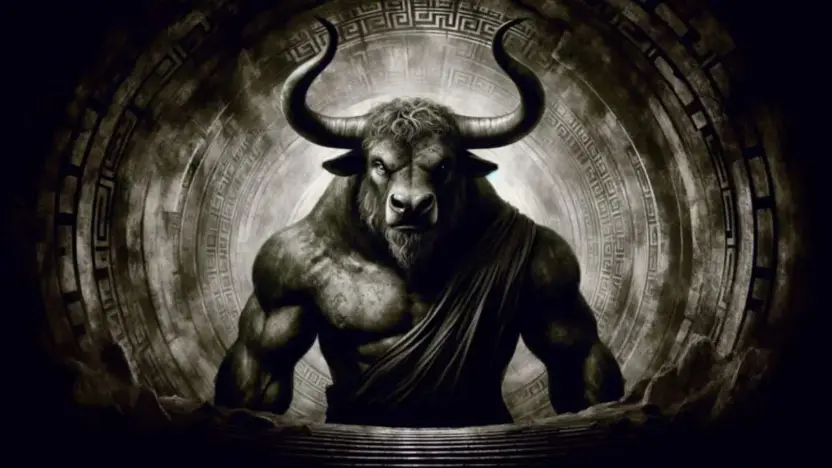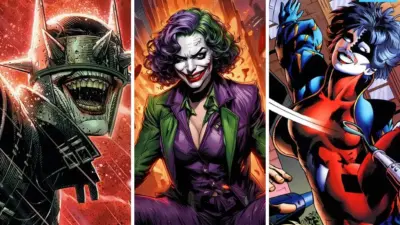Greek mythology is replete with fascinating characters, creatures, and tales that have captivated the imagination for centuries. Among these, the Minotaur stands out as one of the most terrifying and enigmatic creatures. The story of the Minotaur is not just a tale of a monstrous being but also a narrative steeped in complex themes of betrayal, sacrifice, and redemption. This blog will explore the origin and legacy of the Minotaur in Greek mythology, shedding light on its cultural significance and enduring impact on modern storytelling.
The Birth of the Minotaur: A Tale of Divine Wrath and Human Folly
The Minotaur’s origin is a result of divine punishment and human folly. According to myth, the story begins with King Minos of Crete, who sought to assert his dominance over the Greek islands. Minos prayed to Poseidon, the god of the sea, to send him a bull as a sign of his divine right to rule. Poseidon obliged, sending a magnificent white bull from the sea. The bull was so beautiful that Minos decided to keep it for himself rather than sacrifice it to Poseidon as promised.
Angered by Minos’s disobedience, Poseidon decided to punish the king. He caused Minos’s wife, Queen Pasiphae, to fall madly in love with the bull. In her desperate infatuation, Pasiphae sought the help of Daedalus, the master craftsman. Daedalus constructed a hollow wooden cow in which Pasiphae could hide and consummate her unnatural desire. The union of Pasiphae and the bull resulted in the birth of the Minotaur, a creature with the body of a man and the head of a bull.
The Labyrinth: A Prison for the Beast
The Minotaur, being a monstrous hybrid, was uncontrollable and dangerous. King Minos, ashamed of the creature and fearful of the wrath it might bring, ordered Daedalus to construct an elaborate labyrinth beneath the palace at Knossos to imprison the Minotaur. The labyrinth was a vast, complex maze that was impossible to escape, ensuring that the Minotaur would remain trapped within its confines.
The labyrinth itself became a symbol of entrapment and despair. It was said to be so intricate that even Daedalus, the architect, could barely find his way out after its completion. The Minotaur was fed with the tribute of human lives—seven young men and seven young women from Athens—sent as a sacrifice every nine years as a form of penance for the death of Minos’s son, Androgeus, who had been killed in Athens.

Theseus and the Slaying of the Minotaur: A Hero’s Journey
The tale of the Minotaur would be incomplete without the hero Theseus, who is central to the creature’s legacy. Theseus, the prince of Athens, volunteered to be one of the sacrificial victims in order to kill the Minotaur and end the suffering of his people. Upon his arrival in Crete, Theseus caught the eye of Ariadne, the daughter of King Minos, who fell in love with him.
Ariadne, determined to help Theseus, provided him with a ball of thread, which he could use to navigate the labyrinth. Theseus entered the maze, unraveling the thread as he went, and eventually encountered the Minotaur. After a fierce battle, Theseus overpowered the beast, killing it with his sword. He then used the thread to retrace his steps and escape the labyrinth, taking Ariadne with him as he fled Crete.
Theseus’s victory over the Minotaur is celebrated as a triumph of human courage and intellect over brute force and chaos. The story exemplifies the hero’s journey, a narrative framework that has influenced countless tales of adventure and heroism throughout history.
Beyond the Myth
The Minotaur is more than just a monster in Greek mythology; it is a symbol with deep psychological and cultural significance. In many interpretations, the Minotaur represents the darker, more animalistic side of human nature. The creature’s existence is a consequence of unchecked desire, betrayal, and the failure to fulfill divine obligations, reflecting the consequences of human actions when they are guided by selfishness and hubris.
The labyrinth, in turn, symbolizes the complexity and confusion of the human condition. It represents the challenges and obstacles that one must navigate in life, often feeling lost and disoriented. Theseus’s journey through the labyrinth can be seen as a metaphor for self-discovery and the confrontation of one’s inner demons. By defeating the Minotaur, Theseus overcomes not only the physical threat but also the symbolic darkness within himself.
The Legacy in Art and Literature
The story of the Minotaur has had a lasting impact on art, literature, and popular culture. In ancient Greece, the myth was depicted in various forms, including pottery, sculptures, and frescoes. The Minotaur’s image became a popular motif, symbolizing the monstrous and the unknown.
During the Renaissance, artists and writers revisited classical myths, and the Minotaur reemerged as a subject of interest. Painters like Titian and sculptors like Michelangelo explored the myth through their works, often emphasizing the dramatic tension and psychological depth of the story. The Minotaur also appeared in literature, with writers such as Dante Alighieri referencing the creature in his Inferno, where the Minotaur is portrayed as a guardian of the circle of violence.
In modern times, the Minotaur continues to inspire creators across various media. The myth has been adapted into novels, films, and even video games. Jorge Luis Borges, the Argentine writer, famously explored the theme of the labyrinth and the Minotaur in his short story “The House of Asterion,” presenting the creature in a more sympathetic light, as a misunderstood and lonely being rather than a monstrous villain.
The Minotaur also appears in popular culture, often as a symbol of the monstrous or as an embodiment of the challenges faced by protagonists. The creature has been featured in films such as The Chronicles of Narnia and Immortals, as well as in television series like Doctor Who. The Minotaur’s image is often used to evoke fear, chaos, and the idea of confronting one’s deepest fears.
Psychological Interpretations: The Minotaur in Modern Thought
The myth of the Minotaur has been analyzed through various psychological lenses, particularly within the framework of Jungian psychology. Carl Jung saw mythological creatures like the Minotaur as archetypes—universal symbols that reside within the collective unconscious. The Minotaur can be viewed as an archetype of the shadow, representing the repressed and darker aspects of the human psyche that individuals must confront and integrate.
The labyrinth, in this context, symbolizes the journey of individuation, where one navigates the complexities of the self to achieve wholeness. The slaying of the Minotaur by Theseus represents the process of confronting and overcoming these shadow aspects, leading to personal growth and self-realization.
This interpretation has resonated in modern psychological and literary studies, where the Minotaur is seen as a symbol of the internal conflicts that individuals must face to achieve balance and harmony in their lives. The story serves as a powerful reminder that the monsters we fear most often reside within ourselves, and it is through courage and self-reflection that we can overcome them.

Influence on Modern Storytelling
The legacy of the Minotaur extends far beyond Greek mythology, influencing modern storytelling in profound ways. The themes of entrapment, sacrifice, and heroism found in the Minotaur myth have been echoed in countless narratives throughout history. The concept of the labyrinth as a metaphor for life’s challenges has become a common trope in literature and film, symbolizing the journey toward self-discovery and the quest for meaning.
The Minotaur itself has inspired a variety of characters and creatures in modern fiction, from the monstrous foes in fantasy novels to the psychological tormentors in horror films. The idea of a hero confronting a terrifying beast in a confined space has become a staple of adventure stories, underscoring the universal appeal of the hero’s journey.
Moreover, the Minotaur’s story has been reinterpreted and reimagined in contemporary literature. Authors like Stephen King and Neil Gaiman have drawn on the myth’s themes to explore the darker aspects of human nature and the complexities of the human experience. The Minotaur’s enduring presence in popular culture is a testament to the power of myth to transcend time and continue to resonate with audiences across generations.
Conclusion
The Minotaur remains one of the most enduring and intriguing figures in Greek mythology. Its origin story, steeped in themes of divine retribution, human error, and monstrous consequences, continues to captivate and inspire. The creature’s legacy, preserved through art, literature, and modern media, highlights the timeless nature of myth and its ability to speak to the human condition.
As a symbol of the shadow self, the Minotaur challenges us to confront the darker aspects of our nature and navigate the labyrinth of life with courage and wisdom. Whether viewed as a cautionary tale, a psychological metaphor, or a source of creative inspiration, the Minotaur’s story is a powerful reminder of the complexities of the human experience and the enduring power of myth.
Also Read: Difference Between Mythology and Theology



